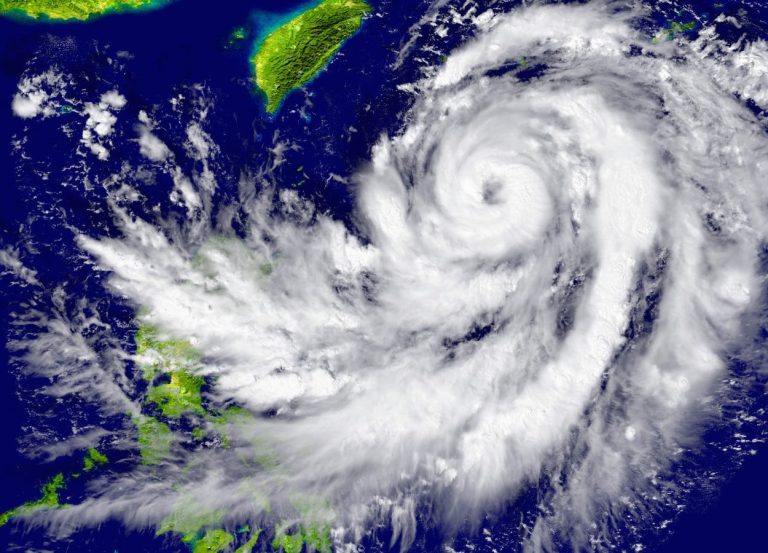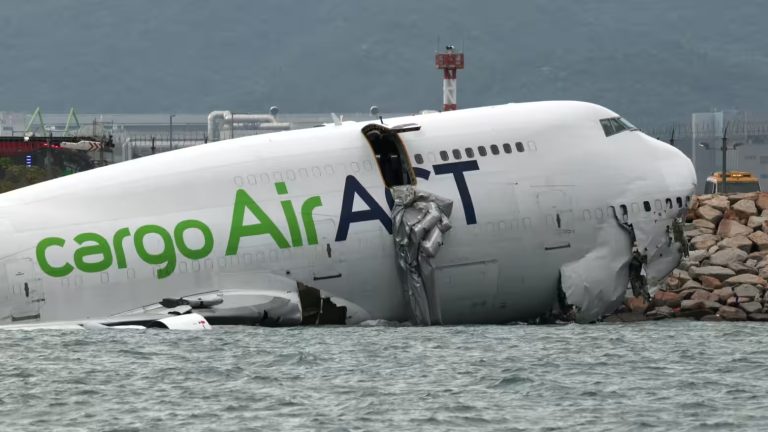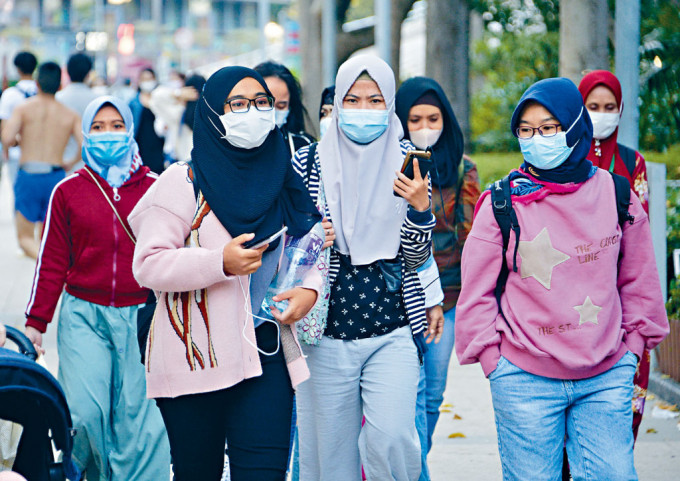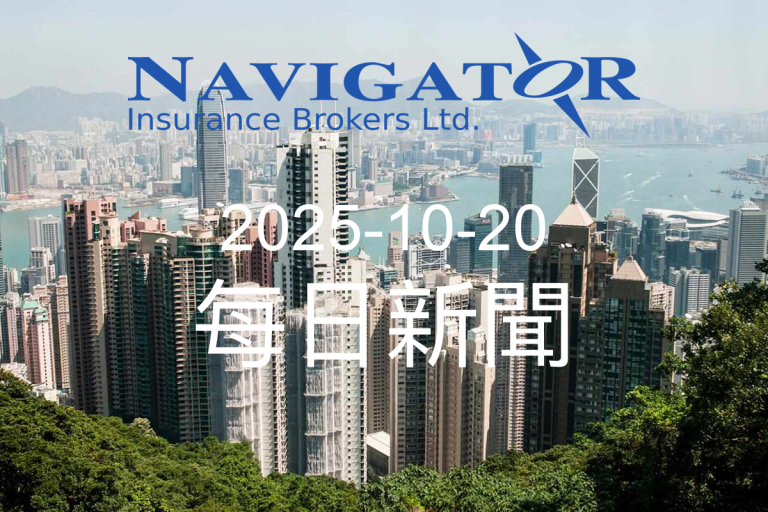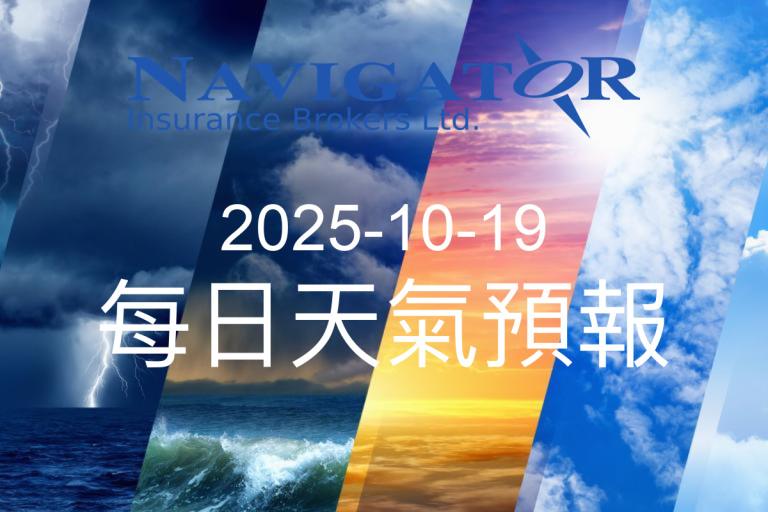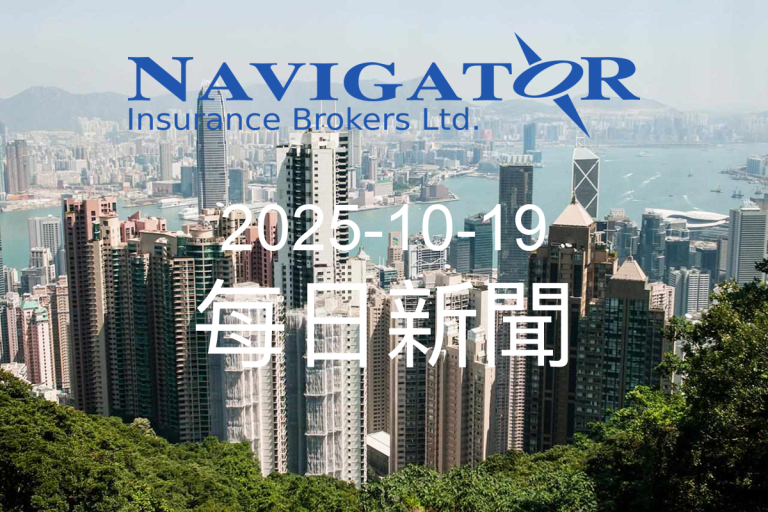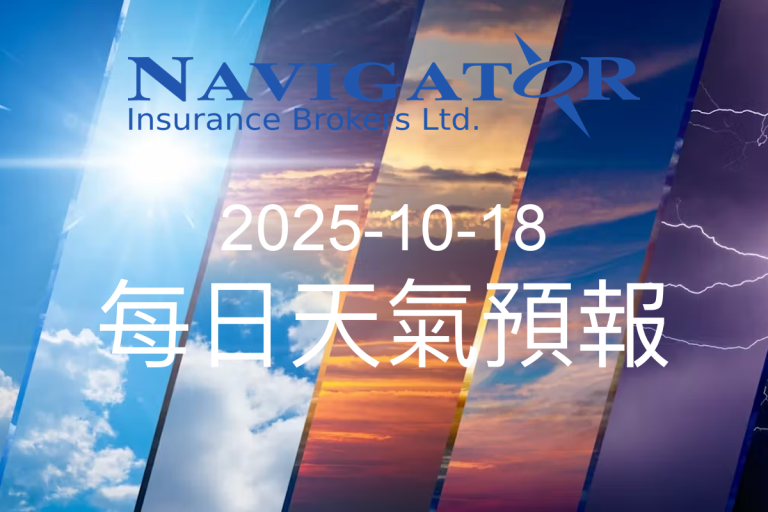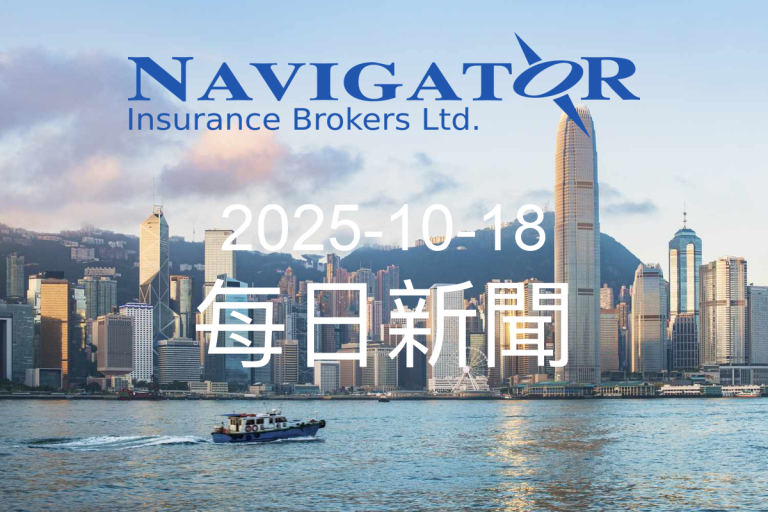When Super Typhoon Ragasa approached Hong Kong in the early morning hours, the city’s residents awoke to a critical weather alert that demanded immediate attention. At precisely 2:40 a.m., the Hong Kong Observatory issued Hurricane Signal No. 10 — the highest level of tropical cyclone warning possible — signaling an imminent and severe weather threat.
This signal is no ordinary weather notification. It specifically indicates winds with mean speeds of 118 kilometers per hour or more are expected, representing a potentially devastating meteorological event. By 3 a.m., meteorologists had pinpointed Super Typhoon Ragasa’s exact location: approximately 130 kilometers south-southeast of Hong Kong, positioned near latitude 21.2 degrees north and longitude 114.6 degrees east.
The typhoon’s trajectory was equally concerning. Moving in a west-northwest direction at roughly 22 kilometers per hour, Ragasa was on a direct path toward the Pearl River Estuary and the coast of western Guangdong — regions characterized by dense populations and significant economic activity. Such a storm’s potential impact extends far beyond mere wind speeds, threatening infrastructure, businesses, and community safety.
For residents and businesses in typhoon-prone areas like Hong Kong, this event underscores the critical importance of preparedness and comprehensive insurance coverage. While the immediate focus remains on personal safety and following official guidance, understanding potential financial protections becomes equally crucial. Insurance policies covering windstorm damage, flooding, or business interruption could provide essential financial resilience in the face of such natural disasters.
The Hong Kong Observatory plays a pivotal role during these events, serving as the primary source of timely, accurate information. Their hurricane warning system represents a sophisticated early warning mechanism designed to give residents critical time to secure property, evacuate if necessary, and minimize potential losses. The issuance of Hurricane Signal No. 10 represents the most severe warning level, demanding immediate and comprehensive action.
Tropical cyclones like Ragasa are not merely weather events but complex natural phenomena that can reshape landscapes and lives in mere hours. They remind us of nature’s unpredictable power and the importance of proactive risk management. For individuals and businesses in affected regions, this means more than just tracking storm paths — it involves understanding potential vulnerabilities, having robust emergency plans, and ensuring appropriate insurance coverage.
While specific insurance details weren’t part of the original report, the event highlights broader risk management principles. Residents should carefully review their insurance policies, understanding exactly what protections are in place for scenarios involving high winds, potential flooding, or business interruptions caused by severe weather events.
The story of Super Typhoon Ragasa is ultimately a testament to human resilience and preparedness. By staying informed, following official guidance, and having comprehensive risk mitigation strategies, communities can effectively navigate even the most challenging natural events. The Hong Kong Observatory’s precise tracking and timely warnings exemplify how advanced meteorological systems can help protect lives and property.
As Ragasa continued its approach, residents were reminded that in the face of powerful natural forces, knowledge, preparation, and community support are our most valuable resources. Whether through understanding weather warnings, maintaining appropriate insurance coverage, or supporting one another during challenging times, collective preparedness remains the best defense against nature’s most formidable challenges.

